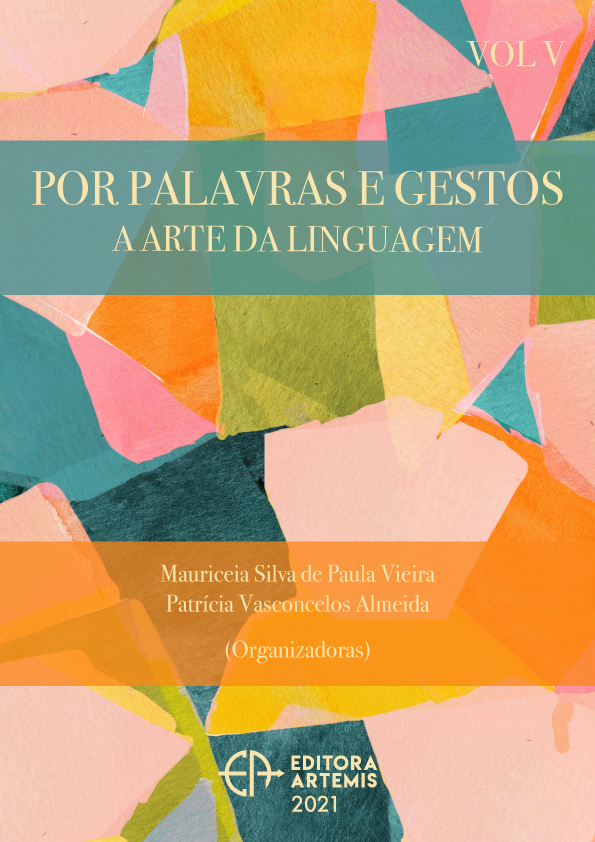
LOS MEMES: EL DISCURSO SATÍRICO DE NUESTROS TIEMPOS
El objetivo central del texto es mostrar a los memes como una nueva modalidad de discurso que tiene como principales recursos la sátira, la caricaturización y reinterpretación de referentes culturales. Se comenzará con una contextualización del meme y la herencia que tiene del género de caricatura política. Posteriormente, se hará un análisis de los memes a partir de dos teorías: La gramática transformacional de Noam Chomsky y la Triple Mímesis de Paul Ricoeur. La teoría de Chomsky permitirá observar al meme como reflejo del uso vivo que se hace de los discursos por parte de los individuos; a su vez las aportaciones de Ricoeur fortalecerán la idea de que un meme es una re-creación del mundo en que se vive, el cual se transforma continuamente y requiere de múltiples formas de expresión, además de resaltar el papel del espectador como esencial para que el meme siga vigente. Se terminará con un recorrido sobre la evolución de los memes y cómo han ido cambiando sus elementos formales, yendo desde representaciones sencillas que tienen como base un dibujo o cómic, como el meme Feel Like a Sir o TrollFace hasta las más sofisticadas que toman contenidos de diferentes fuentes como caricaturas, películas, noticias, videos, obras de arte, programas o series de televisión, etc.
LOS MEMES: EL DISCURSO SATÍRICO DE NUESTROS TIEMPOS
-
DOI: 10.37572/EdArt_16082143912
-
Palavras-chave: meme, discurso, significación, sátira, mímesis
-
Keywords: meme, discourse, significance, satire, mimesis
-
Abstract:
The main objective of the text is to show memes as a new modality of discourse whose main resources are satire, caricature and reinterpretation of cultural references. It will begin with a contextualization of the meme and its heritage from the political cartoon genre. Later, an analysis of the memes will be made based on two theories: Noam Chomsky's transformational grammar and Paul Ricoeur's Triple Mimesis. Chomsky's theory will allow us to observe the meme as a reflection of the living use made of speeches by individuals; In turn, Ricoeur's contributions will strengthen the idea that a meme is a re-creation of the world in which one lives, which is continuously transformed and requires multiple forms of expression, in addition to highlighting the role of the viewer as essential for the meme is still valid. It will end with a journey on the evolution of memes and how their formal elements have changed, ranging from simple representations based on a drawing or comic, such as the Feel Like a Sir or TrollFace meme to the more sophisticated ones that take content from different sources like cartoons, movies, news, videos, artwork, TV shows or series, etc.
-
Número de páginas: 14
- Citlaly Aguilar Campos

